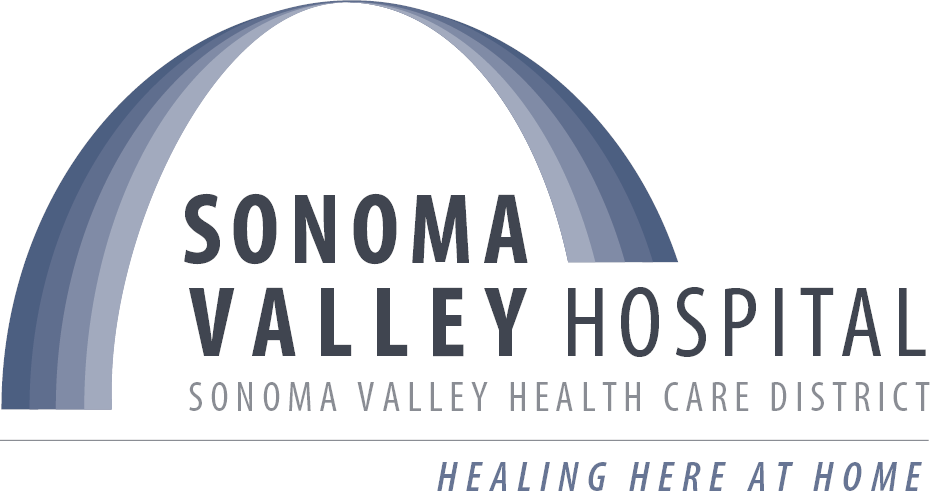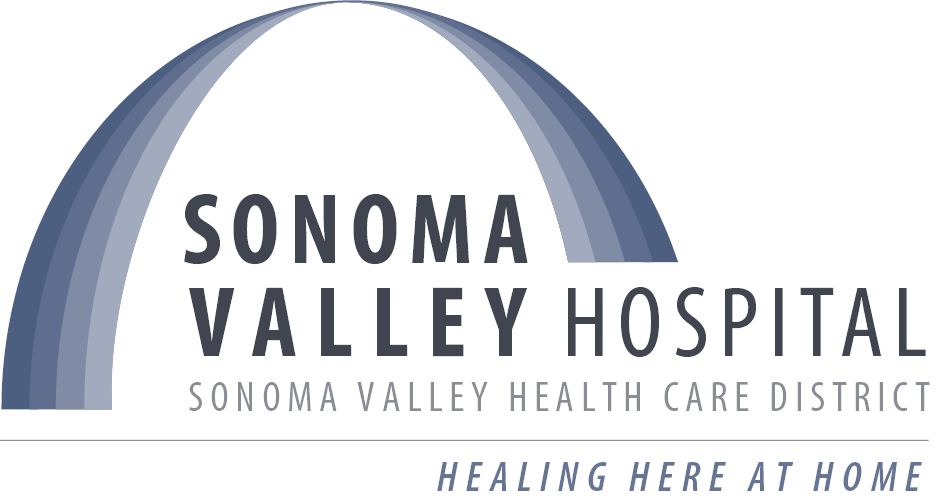The Unique Challenges Facing Community Hospitals
September 10, 2019I’d like to say how proud I am of the leadership and staff at our hospital, and our board. At a time when many hospitals across the country, including several here in Sonoma County, have either closed or are struggling, we continue to strive to improve both with our quality of service, and in seeking financial stability, because we have a clear and thoughtful plan for the future.
Commenters online and in the local press have accused our board of negligence and incompetence because our hospital loses money at an operating margin level in most years. While we would certainly like that to be different, we live in a country where healthcare policy makes profitability at the operating level extremely challenging.
There are two reasons for this.
First, our largest insurance payer – the US government – pays us just 90 percent of the direct cost of care (i.e., labor and direct operational costs). This is significant because three out of every four SVH patients are covered by Medicare or Medi-Cal insurance.
Second, we have additional losses we cannot recover due to care we provide patients who are either uninsured or underinsured. These are seen in our financials in the form of bad debt and charity care.
Between this government underpayment and our bad debt/charity care, the hospital loses between $4-5 million each year. This is a significant loss for a small hospital like ours.
The reality is the revenue we receive from most of our patients does not cover the direct costs of providing the services they need. Therefore, we continue to require both a Parcel Tax and ongoing support from the philanthropic community to operate and keep our buildings and equipment in good shape. The Parcel Tax, in particular, allows us to ensure that all Sonoma residents have access to care, and especially emergency medical care, even if underinsured or uninsured.
This is why we say that we do not operate like any other business, and those that look at our financials and evaluate our success based on a single metric are doing us and the community a disservice.
If government insurance plans had covered just our direct costs in 2019 (about $3M of that total), we would have been profitable at the operating margin level.
If we want to have a hospital in our community, which we know most residents support, this is the reality we must deal with.
2030 Structural Compliance
As we have reported previously, SVH has met all state requirements for the 2020 seismic regulations, which require hospitals to remain standing after an earthquake, ensuring patient, employee and visitor safety. At this meeting, we discussed the 2030 requirements that require California hospitals to meet even higher standards to remain “operational” after an earthquake. There is concern that if these requirements are enforced as currently written, it will have a huge financial impact on California hospitals, and especially small ones like ours, likely forcing many to close.
The California Hospital Association reports that just five percent of California hospitals currently meet the 2030 standards. The cost to retrofit all non-complying California hospitals will run at least $50 billion, and likely closer to $150 billion, according to a study by the Rand Corporation.
We are fortunate that both our Emergency Department and Surgery Center already meet the 2030 standards, but much of our older structure does not. We are confident that within the next year or two, the state will either significantly delay implementation of the 2030 standards and/or approve modifications to the 2030 plans, as proposed by the California Hospital Association, which will enable hospitals like ours to comply with significantly less financial impact. This is exactly what happened with the 2020 regulations. We will keep you updated on developments.
Other News
CEO Kelly Mather reported that the hospital will begin construction in December on the first phase of the new diagnostic center, which will house the new CT service.
Mather also noted that, after further study, administration has concluded it’s not likely that “appropriate use” regulations coming into play in January 2021 will have a negative impact on hospital diagnostic volumes. These regulations are focused on ensuring that physicians are only prescribing expensive diagnostic testing when warranted. One reason we are unlikely to see a decline based on these new regulations is that our physicians are already very good at using diagnostic technology appropriately.
Finally, Mather reported that SVH experienced a good start to the 2020 fiscal year in July, reporting stronger financial results for the beginning of the year than we’ve seen in a while. She noted, however, that inpatient stays continue to decrease, continuing the trend that SVH and other hospitals see, and administration is carefully tracking this.
CMO Report
Our Chief Medical Officer, Sabrina Kidd, MD, reported that our successful text-based patient survey tool, Q-Reviews (formerly called RateMyHospital), will start being used to provide patient feedback on inpatient care in September. This will provide immediate feedback about care, as compared with the 60-day lag with HCAHPS surveys. She also said that the Hospice Care bed in the hospital, an important community service offered in partnership with Hospice By The Bay, has been relocated to the third floor.
Next Board Meeting
Our next regular District Board meeting will be held on Thursday, October 3, at 6 pm in the Community Meeting Room, 177 1st St. West in Sonoma. The public is welcome to attend and public comment is always encouraged.
Sincerely,
Joshua
Joshua Rymer
Chair of the SVHCD Board of Directors


